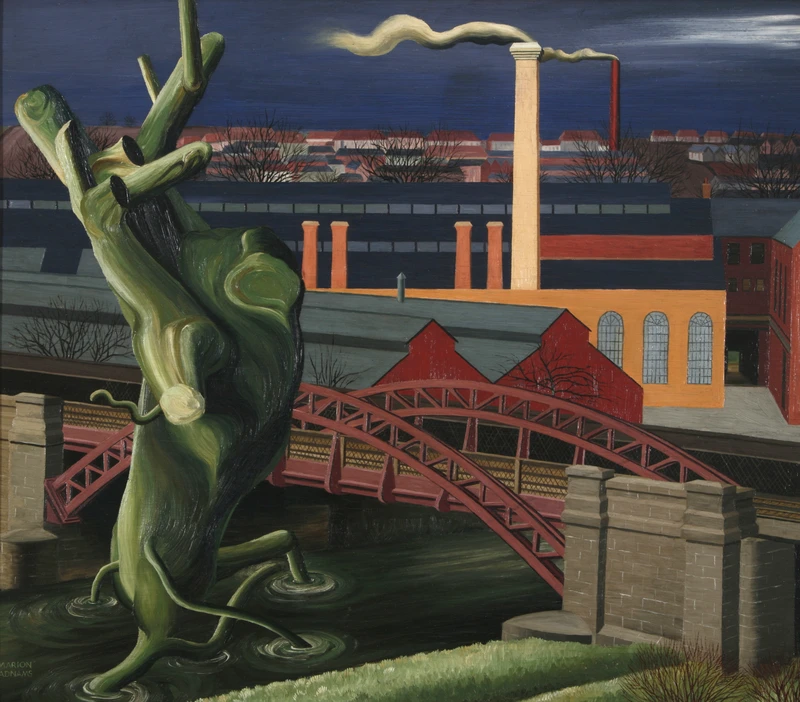London Art Fair 2026
21 Jan-25 Jan 2026


At the London Art Fair in January, England & Co will focus on artworks by British artists who were directly aligned to the Surrealist movement, alongside other British artists influenced and inspired by Surrealism.
British Surrealism in its main phase in the 1930s and 1940s was a relatively short-lived movement that emerged directly from the major European Surrealist movement that had developed momentum between the first and second world wars.
Surrealism’s arrival in Britain was fostered by two main figures: the British poet, David Gascoyne, who had met many of the French Surrealists through French poet, Paul Eluard and at the Paris atelier of the British artist and printmaker, Stanley William Hayter.
The other catalyst was the British artist and writer, Roland Penrose. When Gascoyne met Penrose in Paris in the mid 1930s, they decided to form a British Branch of the Surrealist movement. This led to Gascoyne and Penrose being involved in the English committee that organised the first International Surrealist Exhibition that opened at the New Burlington Galleries in London in in June 1936. The previous year, Gascoyne had published the ‘First English Surrealist Manifesto’ in the French magazine Cahiers d’Art and in England, he published A Short Survey of Surrealism that same year.
British Surrealism was centred in London, with an active off-shoot in Birmingham whose artists decided not to participate in the 1936 exhibition in London. Surrealism’s influence and its spirit of artistic enquiry lingered in British art long after the original adherents dispersed.
Some of the over 30 artists to be exhibited on our stand will include Marion Adnams, who has increasingly been recognized as an intriguing and independent English Surrealist; John Banting, an early adherent of Surrealist modes often with the addition of political satire; Ithell Colquhoun who has recently been the subject of a major exhibition at Tate St Ives and Tate Britain, and who was expelled by the Surrealists for her interests in the occult; John and Ruth Selby-Bigge who met at the Slade and became involved with Surrealism in England and France; John Melville who was a leading figure in the Birmingham Surrealist group; Sir Roland Penrose, an artist who was also a significant collector and promoter of modern art and married the photographer, Lee Miller; and Paule Vézelay who lived for some years with the French Surrealist, Andre Masson, and has recently been the subject of a touring retrospective in Bristol and at The Towner in Eastbourne.